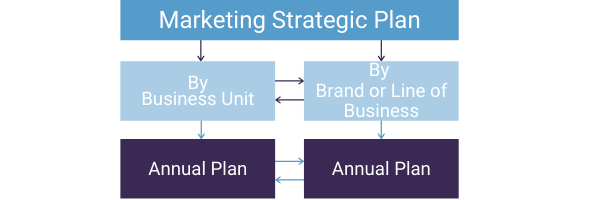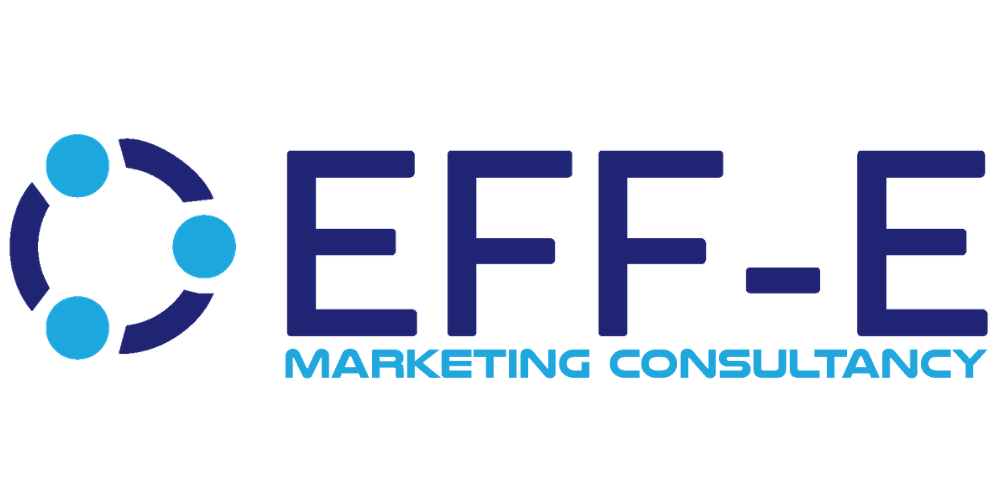How to Build a Successful Marketing Strategy
the EFF-E METHOD

Marketing leaders can use this guide to create robust strategic marketing plans that deliver SMART objectives (Specific, Measurable, Assignable, Relevant, and Time-bound).
Step 1 : Long term Vision and Ambition
WHAT
OUTPUT
- Market prioritization and resource allocation, by market and brand
- Category growth opportunities that provide a possibility for accelerated growth
- Geographic expansion, Innovation or New Business Opportunities
- Initiatives related to Brand equity (ex: rejuvenations, brand extensions, brand architecture)
- Pricing strategies and Premiumization.
ESSENTIALS
EFF-E ADDED VALUE
Step 2 : Context
WHAT
OUTPUT
- “Explaining the Past”: Financial performance and Market shares by region, market, category and brand and their evolution, as well as “Key learnings from the past” – what objectives were achieved, what were not, and why
- “Prepare for the future”: Key macroeconomic indicators, Geopolitics and Regulations, Competition, Trade and Consumer
ESSENTIALS
EFF-E ADDED VALUE
Step 3 : Strategy Formulation
WHAT
OUTPUT
- Route to Market
- Route to Consumer
- De-prioritizations
- Human Resources and Organisation changes
ESSENTIALS
EFF-E ADDED VALUE
Step 4 : Ressource Requirements and Allocations
WHAT
OUTPUT
ESSENTIALS
EFF-E ADDED VALUE
Solid Marketing strategies set a clear direction for one to three years, but should be able to be understood by the whole organisation and not only by the top management. The changing nature of the envirenmment, which is increasingly volatile lately, have challenged the long planning cycles.
INTERNAL FACTORS
For exemple: first semester performance requires cut in marketing budget to protect profitability, new investor joins the business and wants a further increase in profitability, a new business opportunity requires extra investment and resource reallocation, key talent leaves the business, etc
EXTERNAL FACTORS
For example: economic changes (exchange rates, interest rates, duties and taxes, laws and regulations), social and cultural changes (need for more eco-friendly, sustainable products) or technological shifts (“uberisation” of the industry).
External factors that are within the control of the organization
For Example: changes in competition set and offer, shifts in customer behavior (buying less but more premium), or changes in the distribution channel (increase of discounters and private labels, ecommerce).
- Workshops
- Seminars
- Marketing effectiveness tool implementation with the help of global leader in data and research, Pointlogic, a Nielsen company
Book a free call, take the Marketing Effectiveness Test or download the white paper and get inspired!
